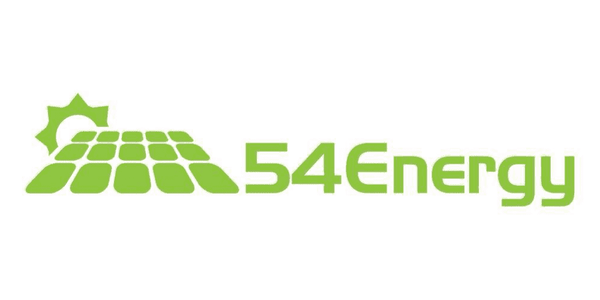
Financing for Carbon Sequestration Projects
Financing for Carbon Sequestration Projects
The United Nations Climate Change Conference (COP26) in 2021 emphasized the magnitude of global carbon emissions and the urgency with which they must be addressed to meet net-zero targets by 2050. During the two weeks of the conference, Carbon Capture and Sequestration/Storage (CCS) and Carbon Dioxide Removal (CDR) received favorable attention.
Carbon sequestration is a set of technologies that captures carbon dioxide ("CO2") primarily from large point sources (such as biomass or fossil-fueled power generation or industrial facilities) or, to a lesser extent, from the atmosphere. It is recognized as an important method for removing carbon from the earth's atmosphere.
This is significant because approximately 45% of CO2 emitted by humans remains in the atmosphere, which is a major contributor to global warming. Carbon sequestration can prevent further emissions from contributing to global warming.
There are approximately 35 commercial facilities worldwide that use CCUS Carbon capture, utilization, and sequestration (CCUS) in industrial processes, power generation, and fuel transformation, with a total annual capture capacity of nearly 45 Mt of CO2.
Australia and the United Kingdom are the major economies that promote carbon sequestration projects.
In 2021, the Australian government announced its commitment to spend USD 12.1 billion over the next decade on a range of technologies that help cut emissions, such as hydrogen, energy storage, and carbon capture and sequestration.
In 2019, nine companies secured £26 million in government funding, as well as industry support, to accelerate the rollout of carbon capture, utilization, and sequestration/storage (CCUS) in the UK - a critical step towards achieving the net zero emissions target of the UK.
Financing for projects with carbon sequestration has been around for a while. However, there is a growing emphasis on the importance of CCS to businesses in the context of the evolving regulatory and commercial landscape of the energy transition. The foundation of any successful project financing is appropriate risk mitigation and allocation, and CCS projects are no exception.
Several funds and grant programs exist for carbon sequestration projects. For instance, the Asian Development Banks’ (ADB) carbon capture and storage fund is a major funding source for carbon sequestration projects. All ADB member countries are eligible to receive support from the fund. Initial priority is given to the People’s Republic of China, India, Indonesia, and Vietnam.
The GCF (Green Climate Fund) is the most prominent vertical fund of the UNFCCC. It was specifically designed to help developing countries meet their Paris Agreement commitments. The GCF can help CCS projects by providing a variety of financial instruments such as grants, loan guarantees, concessional loans, and equity investments.
Carbon credits, a type of carbon finance, can also be used to fund CCS projects. Credits are used to offset emissions either locally or globally. Within the climate finance framework, crediting schemes can be used to drive a business case for CCS projects, after which capital can be raised.
References
- Status of global CCUS projects: https://www.iea.org/fuels-and-technologies/carbon-capture-utilisation-and-storage
- Status of global CCUS projects and funding sources: https://www.globalccsinstitute.com/wp-content/uploads/2021/11/Global-Status-of-CCS-2021-Global-CCS-Institute-1121.pdf
- UK carbon storage project https://www.gov.uk/government/news/uks-largest-carbon-capture-project-to-prevent-equivalent-of-22000-cars-emissions-from-polluting-the-atmosphere-from-2021
